3D Printed Shapes
3D printing, also known as additive manufacturing, has revolutionized the way we think about creating objects.
.svg)
3D printing allows you to create and construct parts for any application quickly and inexpensively.


It all comes down to the materials you use, which allows you to fabricate parts with the required mechanical properties and function or appearance. It covers a broad spectrum of common 3D plastic and steel parts. Every 3D printer has a limit on the material it can print with, so knowing your printer's limits is key to getting quality prints.
There are many different filaments for numerous 3D printers, from ABS plastic to direct metal laser sintering (SLA), and a huge range of materials in between. Each one has its own properties and specific uses. Manufacturers of plastics for 3D printers usually provide a full data sheet with technical information, material safety data and even recommended print settings to help you select the correct filament for your application.
This guide covers the common plastic filaments available, highlighting the differences between them and pointing out what to look for when choosing. Introduction to material, 3D printing, how it works, examples of different filaments.
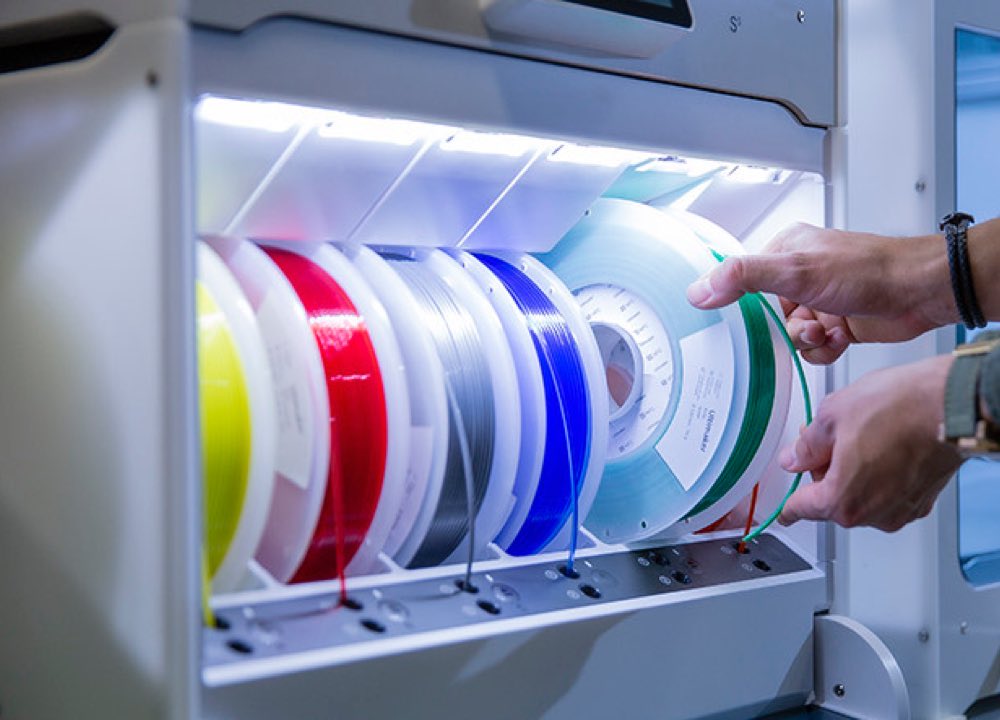
3d printing materials is flexible enough for manufacturers to determine the form, texture and strength of products. It was predicted that plastic will become the key material for this market. There is a potential market for 3D printing with a value of more than $1.4 billion by 2022.
The plastic industry also seeks to develop new forms using organic compounds such as soybean oil and corn. Plastic will become the industry's greenest choice soon with organic ingredients including soybeans and corn being used. The world's largest 3D printer market will exceed the 10-figure mark by 2021.
There are many different filaments for numerous 3D printers, from PLA to 3D Metal, and a huge range of materials in between. Each one has its own properties and specific uses. Manufacturers of plastics for 3D printers usually provide a full data sheet with technical information, material safety data and recommended print settings to help you select the correct filament for your application.
This guide covers the common plastic filaments available, highlighting the differences between them and pointing out what to look for when choosing.

Fused Deposition Modelling (FDM) is a commonly used form of 3D printing in a consumer environment. That method is well suited for basic proof-of-concept models as well as quick and low-cost prototyping of simple parts. Consumer-level FDM has the lowest resolution and lowest accuracy compared with other plastic printing processes.
Industrial FDM printers use soluble supports to mitigate some examples and provide a greater range of engineering thermoplastics or even composites - they come at a steep price. FDM print materials are available in many colour combinations. Various experimental plastic filament blends also exist for producing parts with wood- or metal surfaces.
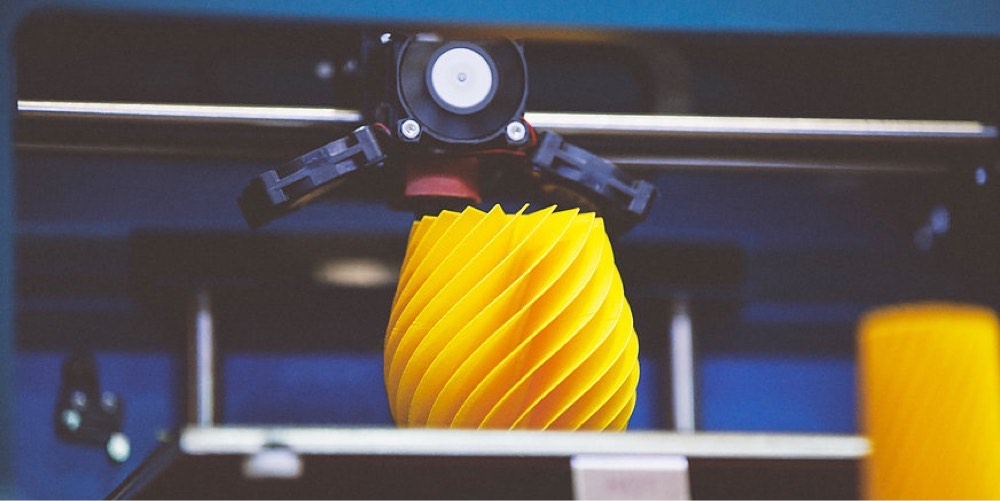
There are dozens of 3D printable plastic components available for various use scenarios. They each possess unique characteristics. To simplify finding the best material for an item, let us first look at the main plastic types.

PLA - Polylactic Acid is a polymer made of biological materials like sugarcane or cornstarch. It was similar to the materials used in biodegradable plastic packaging. The material melts between 180 and 200 degrees Celsius depending on added materials for colour and texture.
PLA is robust and resistant but it is not heat resistant like ABS. It began to deform at temperatures exceeding 90 degrees C. It stays firmly fixed to a base protected by blue painter's tape or white glue. PLA can last much longer under normal circumstances. It is non-combustibility but it is un-water and non-water resistant.
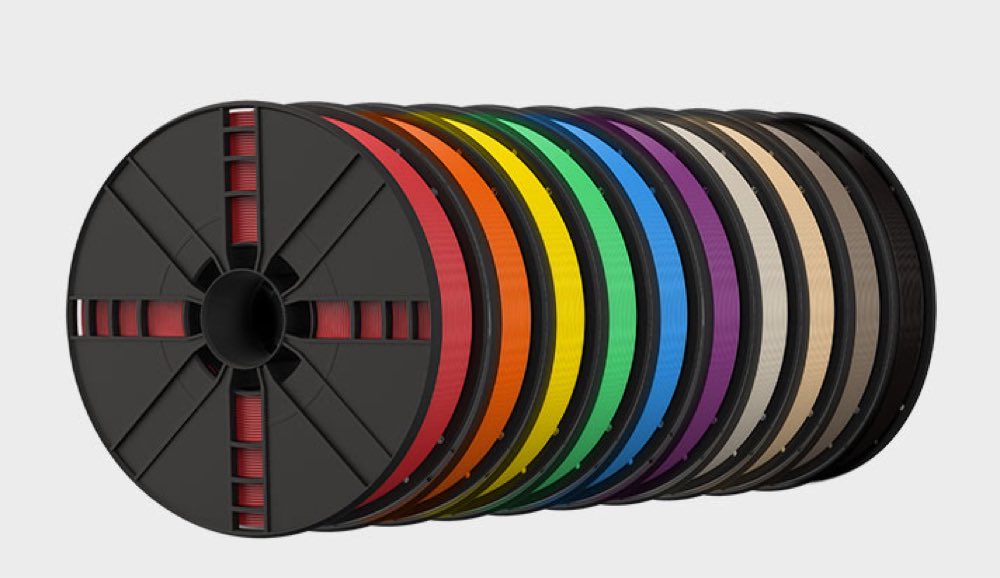
Acrylonitrile butadiene styrene (ABS) is an acrylate polymer that combines some of the properties of rubber and plastic, leading to very strong material. ABS is plastic and is more resistant than acrylonitrile butadiene acrylate (ABS),
ABS blends and acrylonitrile acrylate copolymers. It provides both impact resistance and dimensional stability.
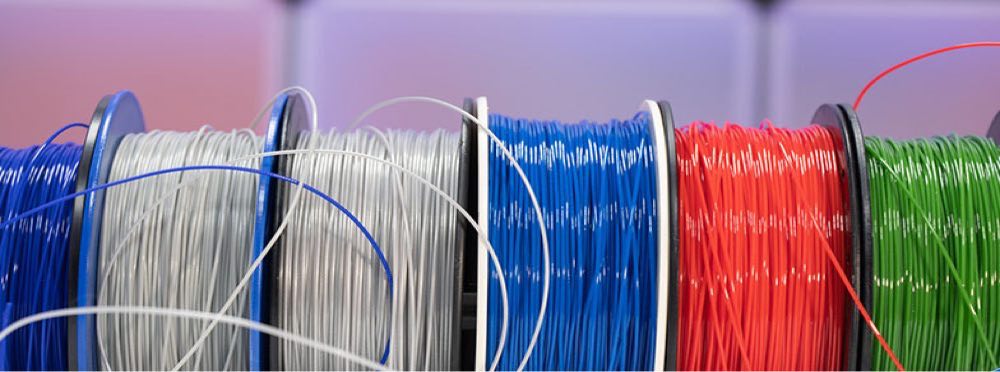
PETG is a variant of PET that has been combined with glycol to achieve a number of desirable effects for 3D printing such as high transparency. PETG devices are weather-resistant and commonly used to maintain gardening equipment.
Another selling point is its utilization as a food-safe 3D. Paper. Store these materials in vacuum bags or containers to protect them from humidity. Use at home. Printed on 3-d plastic. The vacuum. In a bag or container with protection. Despite it.
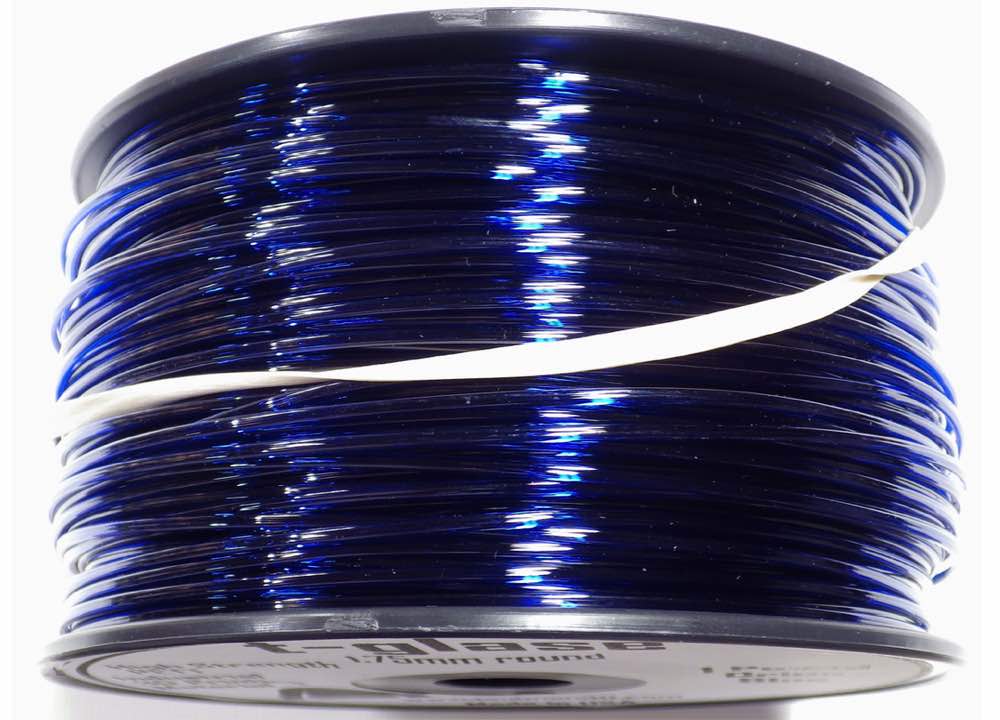
Pet doesn't emit fumes in cold processes and is therefore as resistant and flexible as ABS. These materials have a gloating finish is flexible and is food-safe. It is perfect for printing anything from DIY projects to practical models.
Store PET 3D printing media into vacuum bags or containers as a means of protecting against humidity. In the same material, PET water bottles are made.

ASA shows similar properties to ABS but is more resistant to UV radiation. As is the case with ABS it is recommended to print the metal with a heated bed base to avoid warping. When printing ASA similar print settings can be used to ABS but extra care should be taken to print in closed chambers.
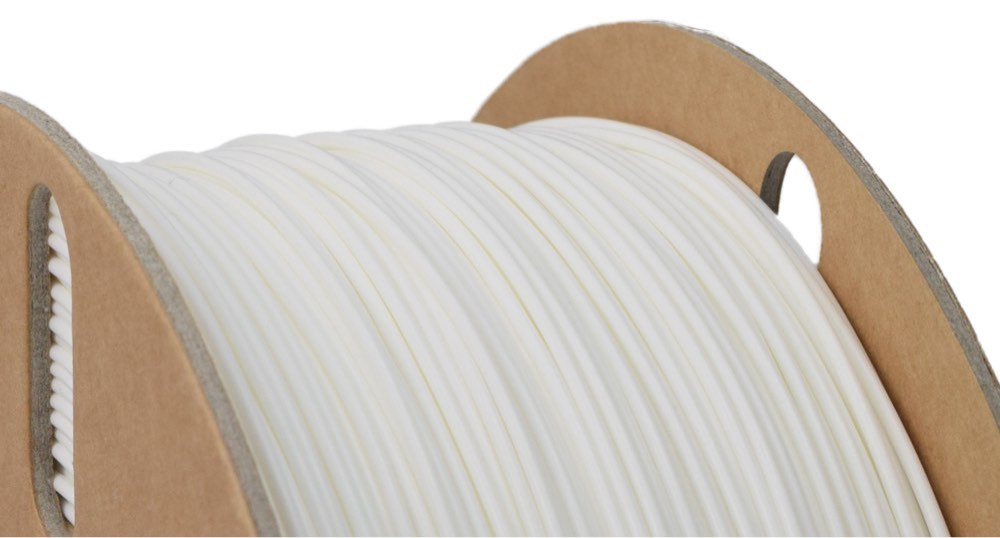
The material for this project was also printed using an FDM 3D printer. The HIGHLIGHT PLA or High-Impact Polystyrene filament is a plastic filament developed for FDM soluble support material. It’s comparable to ABS in terms of its ease of service. There's no other difference but it's not so strong that it can dissolve. HIPS is completely soluble in liquid hydrocarbons known as Limonene.
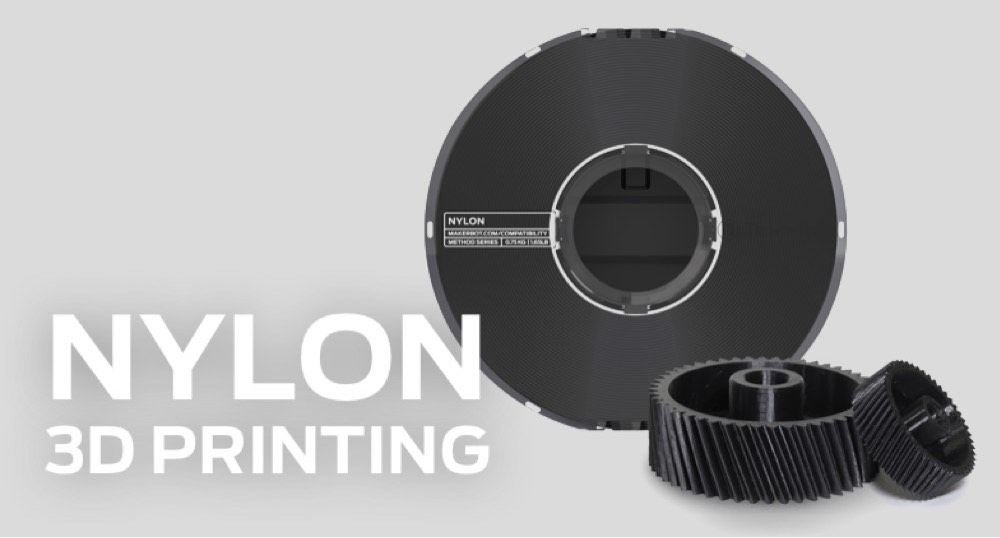
Nylon offers broad-spectrum applications all the way through the arts. Nylon papers on the surface are rough that can be polished fine. The print material is very flexible and chemical resistant and they are essentially strong. Similar to other thermoplastics nylon does not react with atmospheric humidity.
I recommend you store these in sealed bags to prevent leaks when storing them.
Nylon 3D printed parts demanding good strength and tensile strength are.
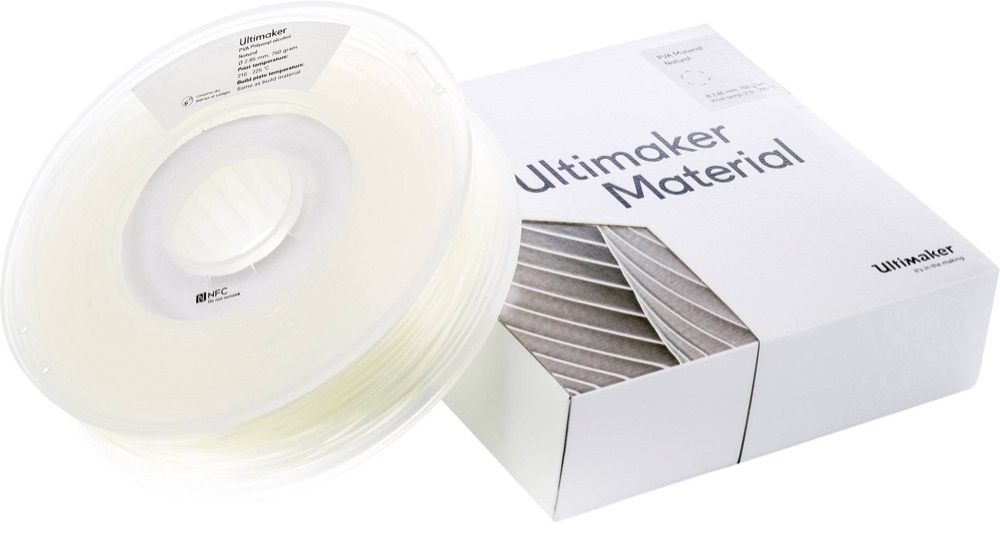
Polyvinyl Alcohol is a synthetic polymer and is water-soluble. It melts to around 210 and releases unnatural chemicals if heated. In standard 3D printer extruders, PVA is used to form parts supporting other objects.
Once the photo printing has gotten done, you pour the parts in water and the PVA parts dissolve leaving the rest of the printing residue exposed. This makes printing complex models which need supporting objects or models with moving parts easier. Especially those with moving models are simpler. PVA is a tool to hold 2D printed material in place. It sticks well to a heated glass mattress sheet.

Polyethene is a thick polyethene that can be easily formed and dyed. It melts about 230 degrees Celsius.
It resists most chemicals but does dissolve in Limoleme a commonly used chemical in industrial cleaners. In some cases, HDPE is preferred over ABS due to the printed material's lighter finish and stronger than ABS. It requires higher temperatures for printing and releases unpleasant gases when temperatures are too high. It works as a good alternative in lightweight prints and as a support in ABS printing.
It also requires an extruder capable of reaching higher temperatures and a temperature print bed. The paper's surface tends to shrink in its cooling. Which will lead to warped prints.
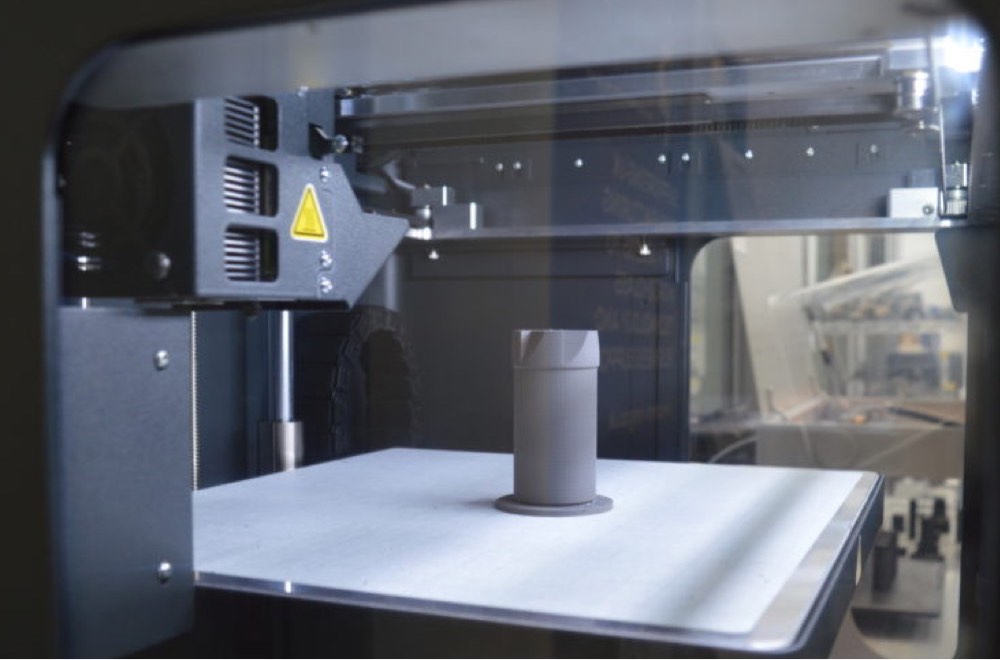
Metal FDM 3D printers work as in traditional FDM printers but use extruded metal rods that are held together by polymer binders. Laser melts or selective laser sintering (SLS) and direct metal laser sintering machines combine metal particles at a surface level using a laser.
The SLM and DMLS printer series can create solid, precise and complex steel products making this process ideal for aerospace, automotive and medical applications. The finished “green” - parts are sintered in a furnace to remove the binder from the finished ‘green’ parts. The process is ideal for automotive, medical and aerospace purposes.

Stainless steel 17-4 PH prints are printed with fused deposition modeling or laser sintering. This technology could possibly be DMLS or SLM. In a manner, it is highly crafted and has high strength and precision thus is perfect for miniatures, screws and chained pieces. Printing processes include fusion or SLS technologies.
Produce metal parts In Multi Jet Fusion Printing
Powder form materials are generally used. The powder is melted using a laser or an electric current. It comes in different forms depending on the printer manufacturer, powder bed size and powder shape.
Copper Fused Deposition Modeling [FDM] It is structurally stronger, hard, and has higher elongation in contrast to aluminum alloys as well as metallurgical and electrical conductivity properties. Final parts built with copper receive a stress-relieving application. The final parts of this copper will be used in several parts of the world.
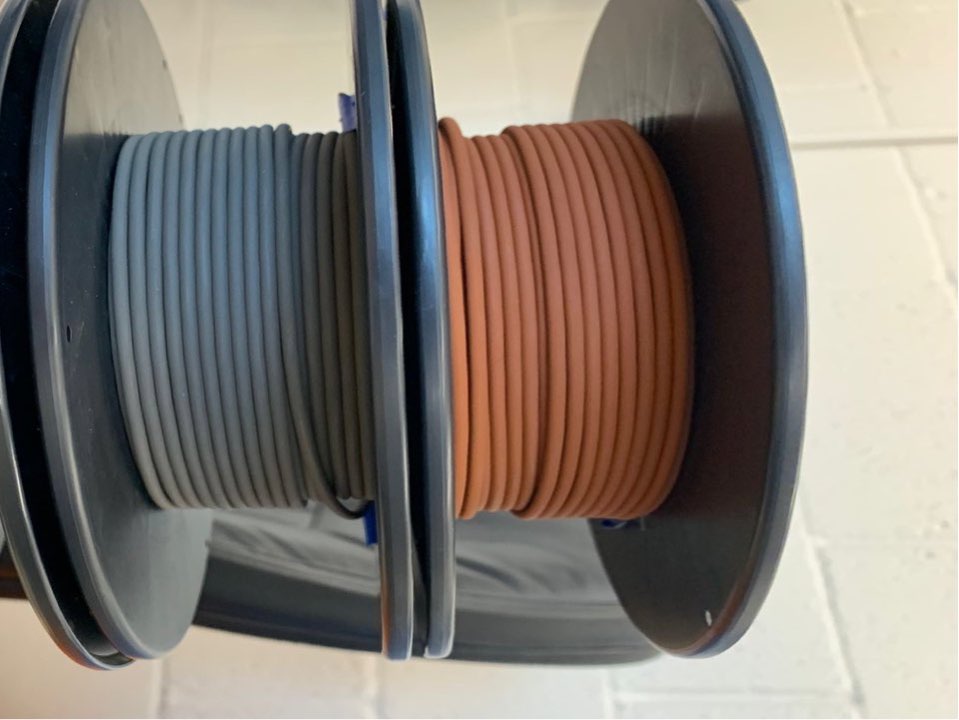

Titanium 64-5 is a very solid material that can also be used in 3D printing. The metal is used directly metal laser sintering. The metal is usually used for advanced research including aerospace engineering and medical research.
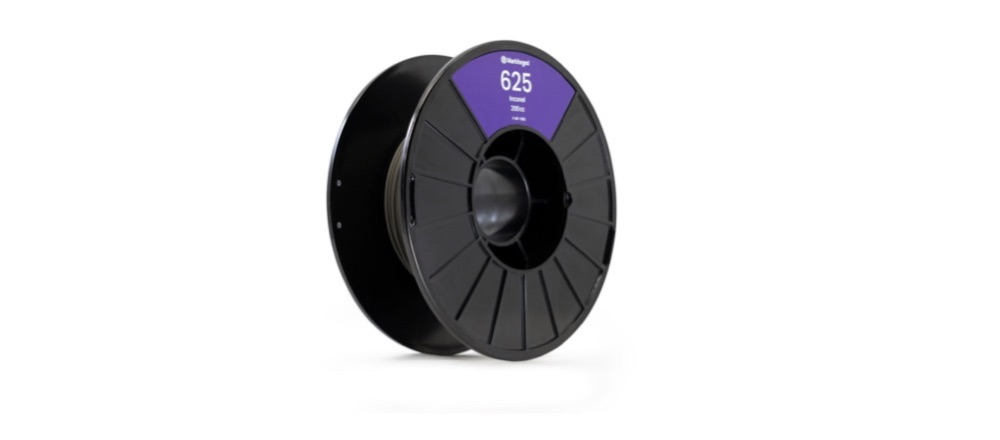
Inconel 625 is another superalloy formed from nickel chrome. Because they resist high pressures it is used for producing black boxes of planes or rocket engine parts.
It is difficult to manufacture because of its strength therefore direct metal laser sintering is the preferred technique on the market to form it. Inconel is incredibly resilient withstand the most extreme conditions and have high temperatures.

Nitinol is highly regarded in 3D printing for superelasticity. Nitinol is made using the chemistry of Titanium and Nitinol which can bend considerably without breaking. While folded in half the material will recover to its original shape.
These materials are among the strongest and flexible in the world. For medical products, nitInol allows printers to perform things that would normally be hard.
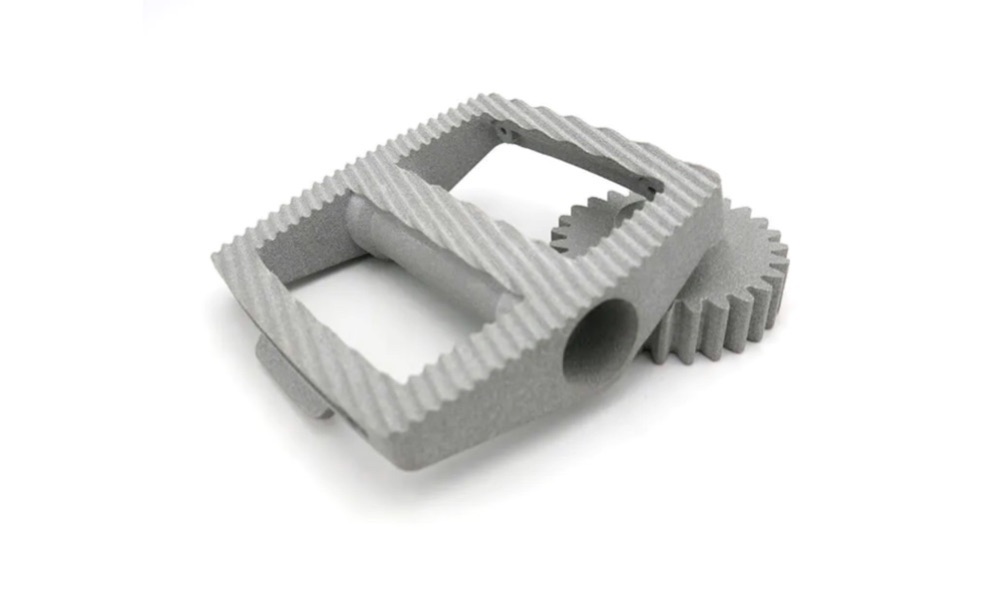
Alumide plastic objects are manufactured as combined polyamides and aluminium powder by the SLS processing.
The material has a large a slightly porous surface and a gritty grain surface which offers great strength and good temperature resistance (up to 172°C). It is used for complex model and construction items. This method contains few constraints. It requires few geometrical limits but can help make complex models and design pieces.

Flexible filaments are similar to PLA but commonly made from TPE or TPU. The advantage and convenience of using 3D printer filaments is that they permit the generation of deformable objects.
Flexible materials are commonly used in the fashion and design industries. It is worth learning which type of extruder is best suited to the material to avoid jams when 3D printing.
What is TPU 95A? in Fused Deposition Modeling [FDM]
TPU 95A (Polyurethane) Flexible and resilient thermoplastic is excellent in the areas of elasticity and strength. TPU 95A thermoplastic polyurethane is used to form flexible, elastic materials. These can be rolled into plastic substrates for glasses and phones or laptop cases.
TPU 95A is a thermoplastic polymer with Shore-A values of 90. It is highly elongated, high toughness, strong durable and strong. FDM TPU 925A combines elastomer advantages with FDM 3D Print, enabling quick production for large and complex elastomer parts. Generally applied are flexible hose and tube ducting and air sealing, covers and vibration dampeners.

Is a thermoplastic polyurethane also used in flexible materials like garments, where it's incorporated into the seams to provide stretch and shape retention? The added durability of this material makes it excellent for clothing applications.

Color & Finishes available in service 3D printing service on demand

A great example is Adidas’ Futurecraft 4D shoes, which are made using the brand’s proprietary ADITUFF technology that elevates 3-D printed objects beyond prototyping and into commercially viable products.
Shoes like these will allow Adidas innovators to design how they want, without excluding what consumers want or need; providing them with an open canvas that comes alive through their imagination—and then available for all of us to wear.
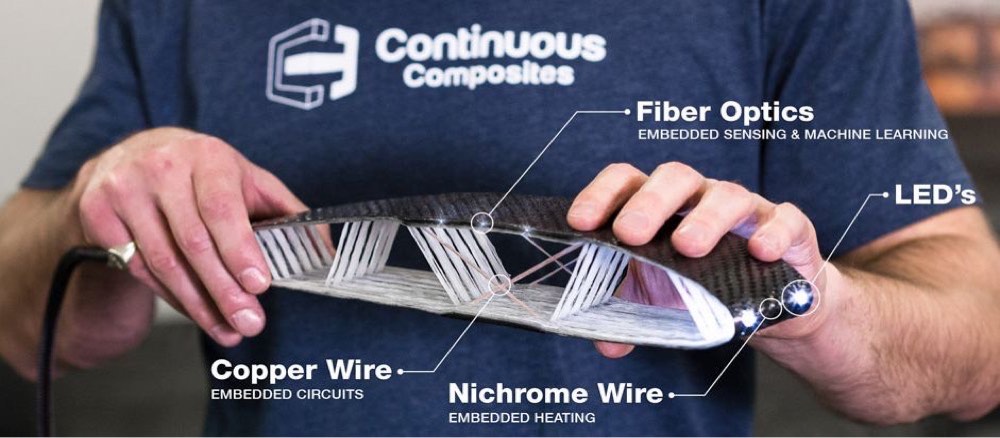
Chopped fibres can provide strength without added weight in a piece. The majority of the fibre used in the 3D printing industry is carbon fiber. The fibre will resemble those deposited in thermoplastic materials such as ABS or PMMA.
Alternately the fibres are continuously placed into the thermoplastics to generate an increased strength.

Composites include carbon fiber in 3D printed items as a top layer over polymer materials. It makes plastics stronger by making the rubber stronger.
Combining carbon fibre with plastic is used in 3D printing as a fast efficient alternative to plastic in some applications. In the future 3D, carbon fibre printing will replace the much slower process of carbon fibre layup. Manufacturers can simplify mechanical assembly by using conductible carbopsomorphs.
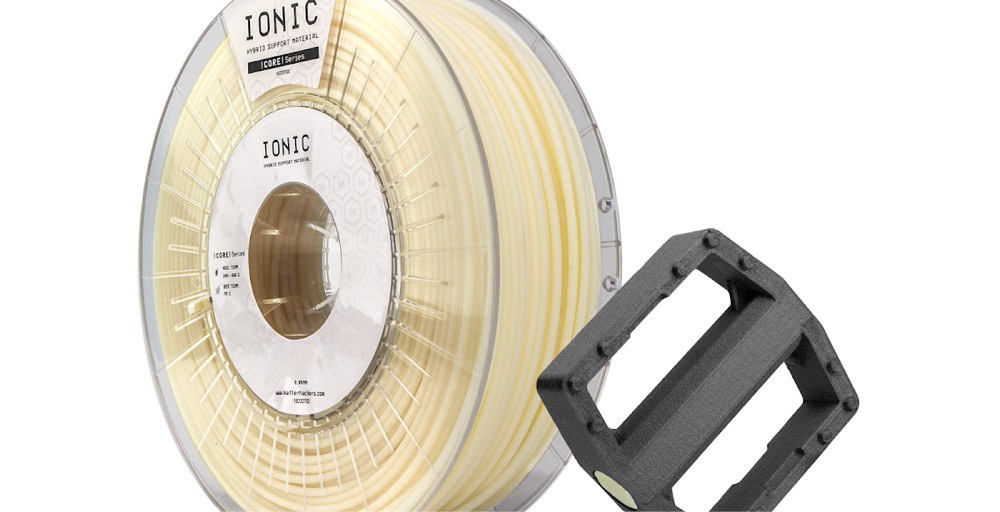
Hybrid materials mixing ground plastics with powders gives new colours, finishes or additional material properties.
Wood-based filaments range from bamboo to cork to wood dust... if required. Metal Powders can be made of copper, bronze silver and more for use with FDM technology, giving parts an industrial look. Hybrid filaments are usually made in 70% PLA and 30% hybrid material most likely based on hybrid materials based on PLA and hybrid material.
They can be used to create 3D filaments using wood, bamboo and cork filaments with an organic texture.

The wood filaments contain very fine wood fragments, mixed with PLA and polymer glue. These types of filaments allow the colour of the paper to change by varying temperatures. With higher temperatures, the particles of timber are darker, burnt.
There are versions available for many types of wood ranging from bamboo to ebony to mahogany. Occasionally the surface needs additional treatment such as cleaning with a soft abrasive like waxing the surface of the wood for good effect.
It is often used for sculptures or woodlike carvings often used for sculpture or carvings. The wood filaments are printed the same way as the PLA filaments.
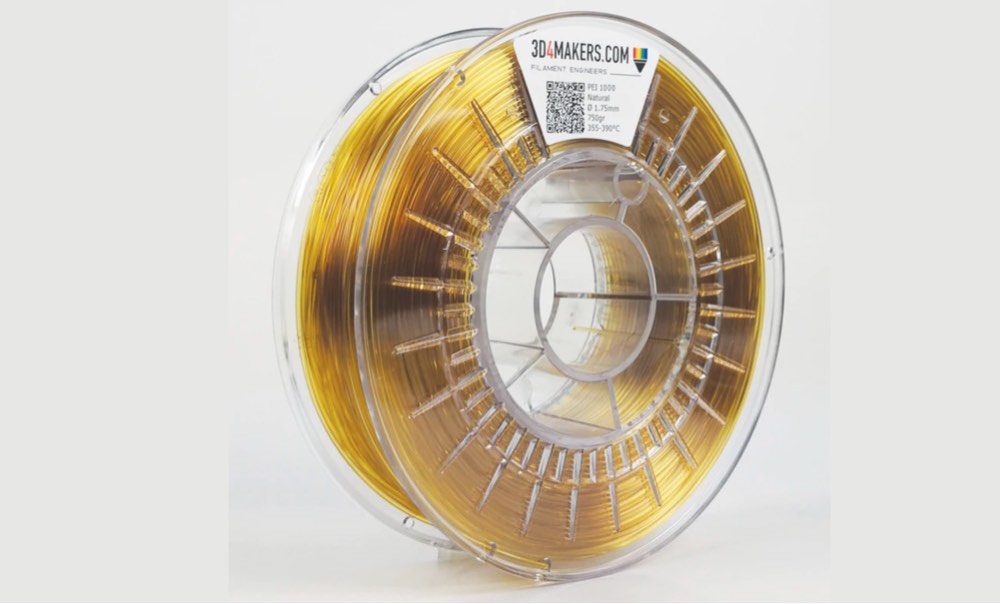
There are several types of 3D printers plastics such as PEKK, PEEK or ULTEM. They are differentiated by a family of polyaryletherketones (PAEK) or polyetherimides (PEI).
These filaments have a very high mechanical and thermal resistance are highly strong and are suitable. These properties are attractive for the aerospace automotive and health care sectors.
Today 65% of these materials are printed using the FDM printing technique but are also found in powder form.
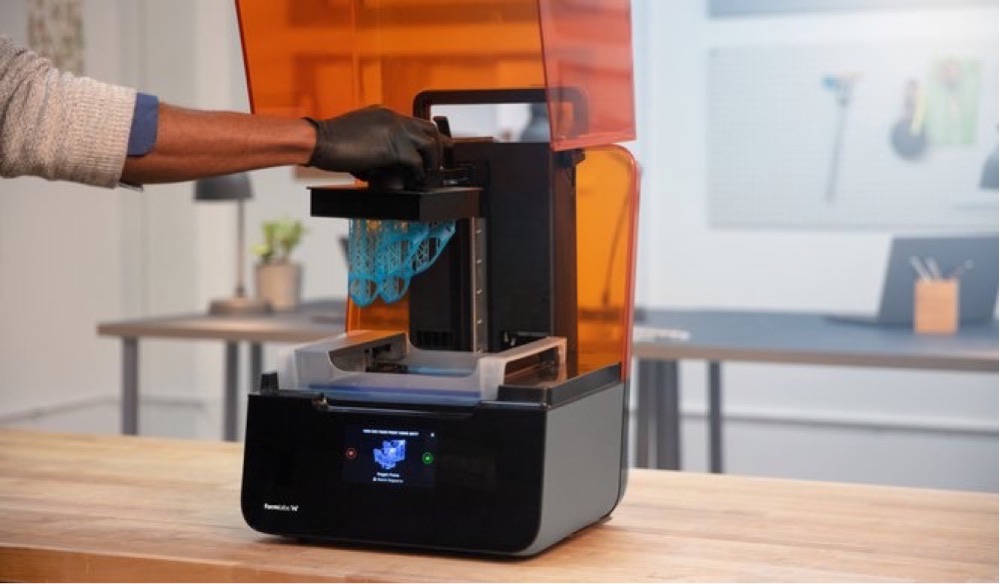
Resin 3D printing is a great option for highly detailed prototypes requiring tight tolerances and smooth surfaces. SLA parts have the highest resolution and precision, the clearest details and the smoothest surface finish of every plastic print technology. Parts printed using SLA are generally isotropic.
Thus their strength is more or less consistent depending on their orientation. It leads to parts with predictable mechanical performance essential for jigs and fixtures use cases, final purpose parts and functional prototyping. SLA offers the broadest range of Suitable material options for plastic 3D printed parts such as moulds, patterns and functional pieces, for example.
.jpeg)
What is SLS?Selective Laser Sintering [SLS]
Selective laser sintering (SLS) uses a laser as the power source to sinter powdered material, aiming the laser automatically at points in space defined by a 3D model, binding the material together to create a solid structure.
AvailableMaterials for SLS 3D Printing:
About Arnite® T AM1210 (P) - Connectors, automobile electronics, electrical, lightingExcellent dielectric properties, recyclable, improved dimensional stability due to lower moisture uptake
Nylon 11 - high strength, high elongation at break, high impact resistance
Nylon 12 - high strength & stiffness applications, skin contact applications, thin features and interlocking parts.
Get Your Printed Parts Into Production Runs Today !
Parts in as Fast from 5 business days
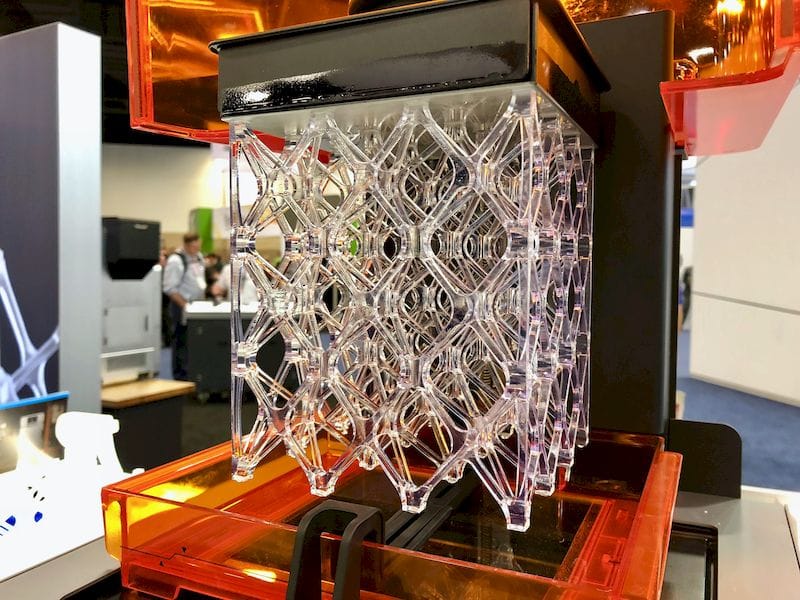
Resin has long been used in 3D printing. It is mostly used with technologies such as SLA, Multijet and CLIP applications. There are various types of resins using 3d printing including castable resins stiff resins and flexible resins. Resins are often designed to suit the specific needs of the 3D printer.
As manufacturing continues to grow using the 3D printing technology additional materials will be used to make prototypes and will be compatible with different 3D printers. As with some new processes and gear, there is a steep learning curve and that grows as you move from Plastics to a 3D printed metal with CAD.
Stay up to date with our newest collections, latest deals and special offers!